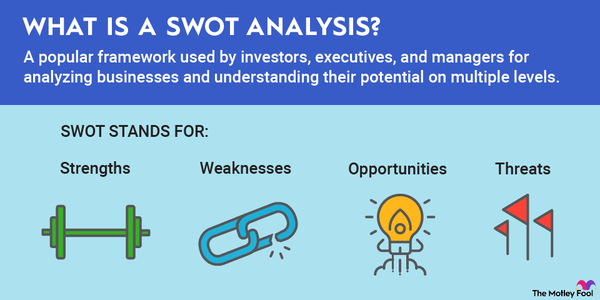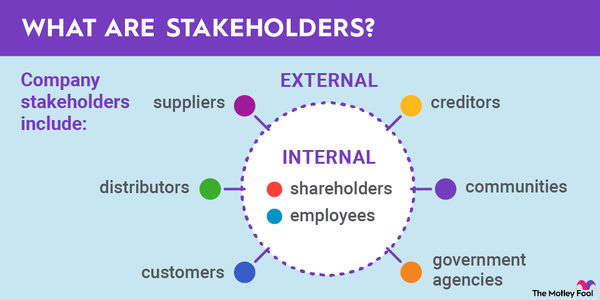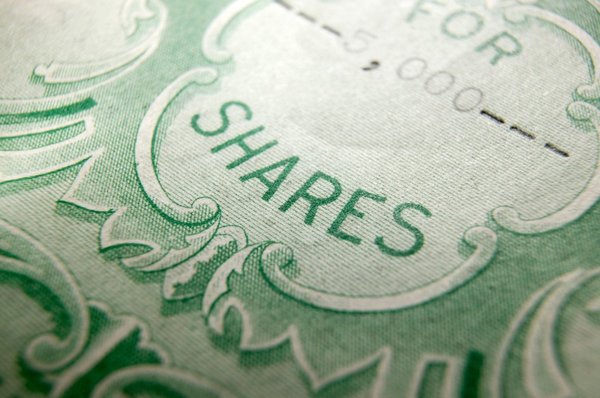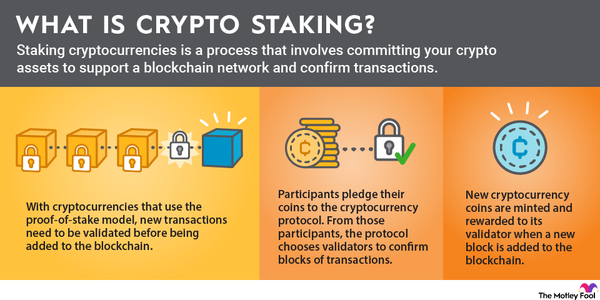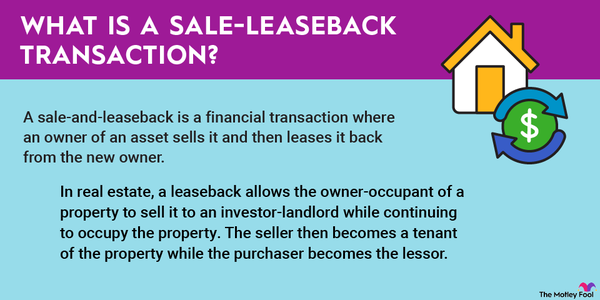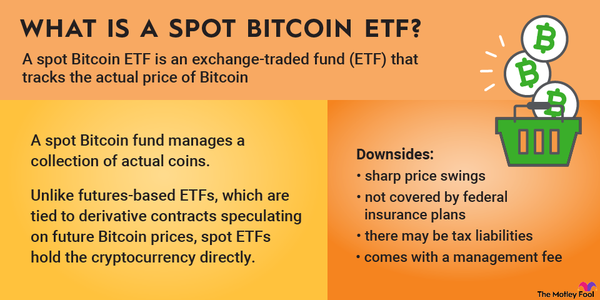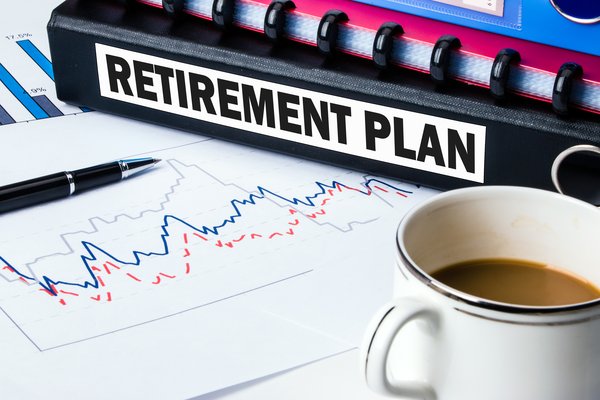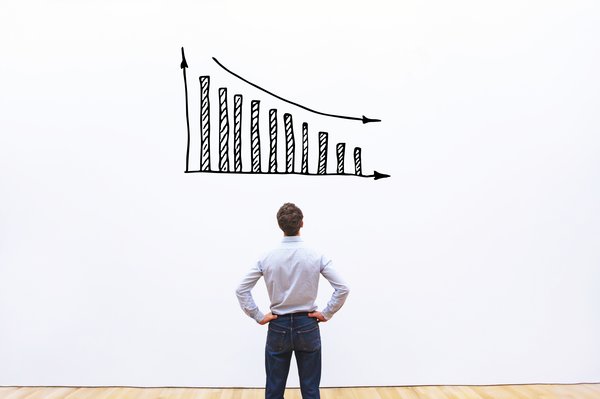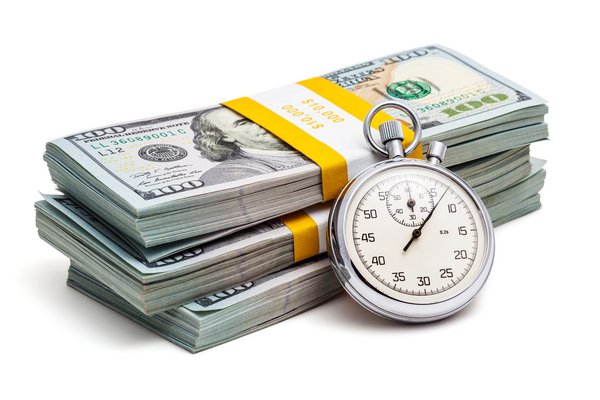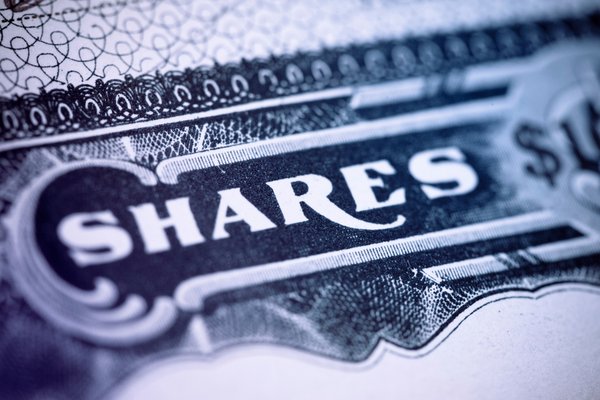Have you ever gotten 100 pages into a book, realized you hated it, but finished it to the end because you'd already invested a few hours of your time? If so, you've succumbed to the sunk cost fallacy. The sunk cost fallacy is an economic phenomenon in which people continue an activity or keep an investment because of the time or money they've already spent -- even though it's clear that walking away is the best decision.

What is the sunk cost fallacy
What is the sunk cost fallacy in investing?
A sunk cost is an investment of time or money that's already been spent. Say you spend $1,000 to invest in a stock, and its price keeps tanking, or you invest five years of your life building a business that's still losing money.
The sunk cost fallacy is the belief that you should keep hanging on because of the resources you've already invested. It's an irrational decision because the time and money you've spent is already gone. But you're giving the past more weight than the future outcome.
If the stock you paid $1,000 for is now only worth $500 with little hope of recovering, you could cash out, take your $500 and invest in another stock. If you spent several years building a business that's nowhere close to profitability, you could take your remaining time and put it toward an endeavor that could actually make money. Sometimes, the sunk cost fallacy is described as "throwing good money after bad."
When you fall victim to the sunk cost fallacy, you're ignoring the opportunity cost, which is what you're missing out on when you don't go for an alternative option.
Why we fall for it
Why do we fall for the sunk cost fallacy?
There are a few reasons we tend to be vulnerable to the sunk cost fallacy, with many of the explanations rooted in behavioral economics:
- Loss aversion: The pain we feel from a loss of time or money tends to be more pronounced than the pleasure we get from a comparable profit or gain.
- Commitment bias: Once we've committed to a course of action, we tend to stay committed, even when we get information that tells us it's not the best choice. The effect becomes especially pronounced when you've made a public commitment.
- Framing effect: We often make decisions based on whether we think they'll be "framed" in a positive or negative manner. Walking away from an investment or business that's losing money is often viewed as a failure, rather than an opportunity to pursue better outcomes.
How to avoid it
How to avoid the sunk cost fallacy in investing
Avoiding the sunk cost fallacy isn't quite as easy as it seems. Abandoning something you've poured resources into requires you to set emotions aside, and it can be tough to recognize when you're engaging in irrational decision-making.
The best way to avoid letting the sunk cost fallacy get in the way of investing is to make a plan before you've committed significant money, time, or energy. Identify the specific catalysts that would drive you to call it quits. For example, deciding you'll sell a stock if its price falls below a specific threshold or close a business if it's not turning a profit after a certain amount of time can take some of the emotion out of things.
It's also important to periodically review your other options. The choices you made for your time or money several years ago may have been right back then -- but maybe a better opportunity has emerged since then.
Related investing topics
Sunk cost falacy example
Sunk cost fallacy avoided: A real-world example
Startups are notorious for bleeding money into a failing product -- which is why the success story behind Slack, the messaging app built for businesses, is so unusual.
As former poker player and author Annie Duke writes in her 2023 book, "Quit: The Power of Knowing When to Walk Away," Slack's roots began with Glitch, an online game developed by founder Stewart Butterfield that quickly built a die-hard following after it launched in 2011. But within a year, Butterfield realized just how difficult and expensive it would be to convert new users into paying customers.
So he quit, telling investors in an email that he'd woken up "with the dead certainty that Glitch was over." By avoiding the sunk cost fallacy, Butterfield freed up the time and money to transform the internal messaging system his team had developed into an external product. The name was Slack -- an acronym for "Searchable Log of All Conversation and Knowledge."
Slack launched to the public in 2013, then went public in June 2019. A year and a half later, Salesforce (CRM -0.23%) bought Slack in a $27.7 billion deal.









